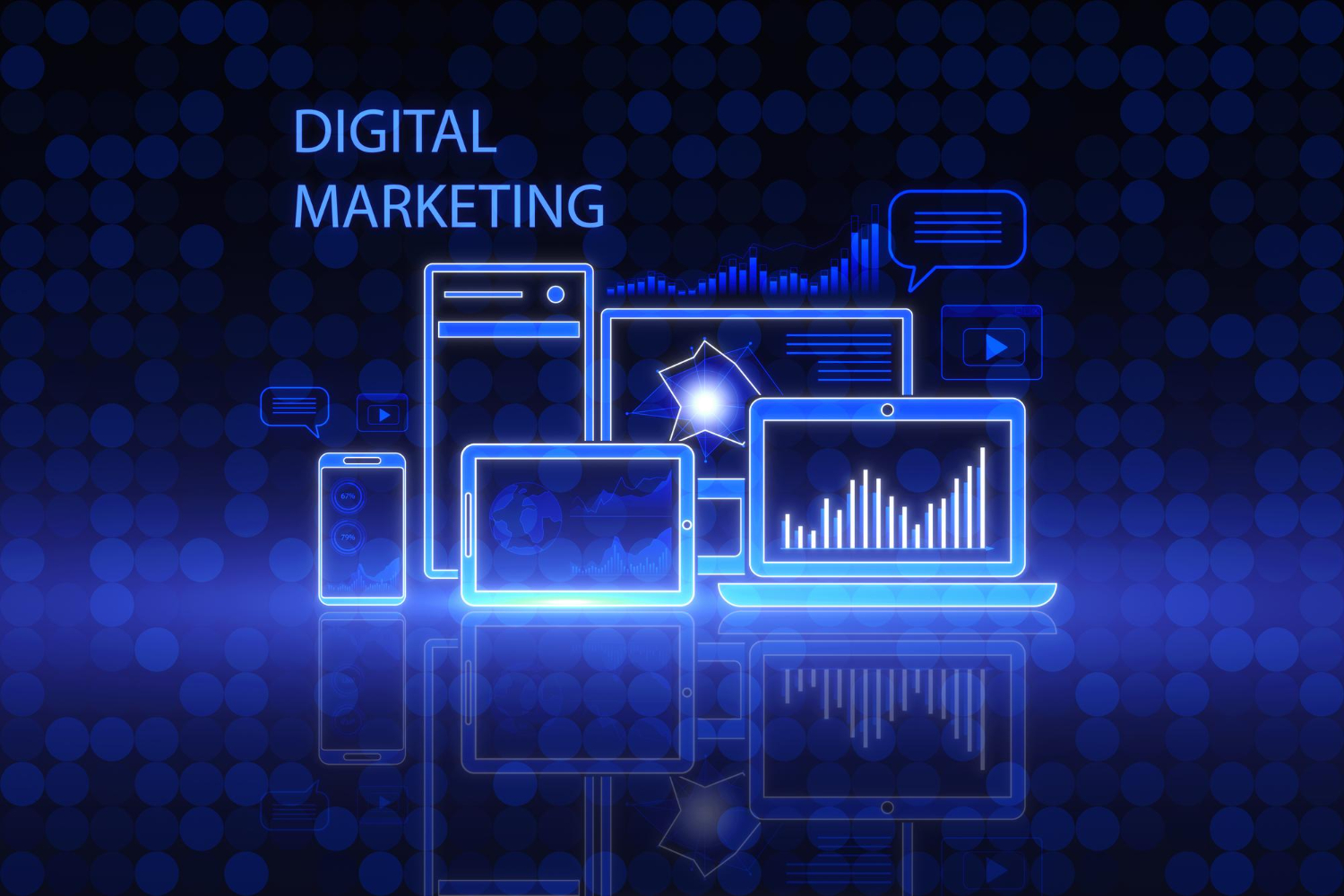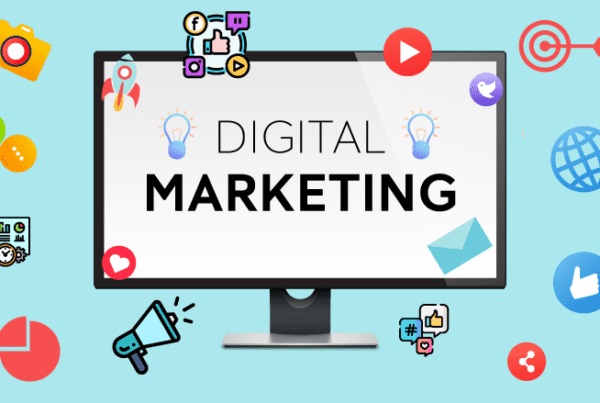1. Attention-Grabbing Videos
With the emergence of TikTok, Reels, and newly popping out video platforms, our attention span has never been the same ever again. With shorter video formats, marketing efforts have been doubled to ensure the user’s attention is grabbed by whatever product or service is being marketed. However, research has shown that viewers tend to deviate from extremely polished and immaculately edited videos as simply put, those videos are not relatable.
2. Google & Instagram Shopping
Google and Instagram have taken shopping to a whole new level. With the introduction of Google Shopping and Instagram Shopping, eCommerce brands can now tag their products in posts and stories, making it easier for customers to purchase those products without ever leaving the app. This is extremely beneficial for impulse buys and those who are always on the go as a purchase can be made without even opening up a website. Talk about convenience!
What’s more, is that both Google and Instagram provide insights into your shopping performance which helps you track your ROI and improve your shopping campaigns. If you’re an eCommerce brand, then Google & Instagram shopping should definitely be on your radar for 2023.
3. Augmented Reality (AR)
AR goes beyond being a digital marketing trend and might even become a way of life in the near future!
You can’t speak of the latest digital marketing trends without including AR. If you thought Pokemon Go was just a fad, think again! The AR market has projected growth from $10.73 billion in 2020 to $72.7 billion by 2024, at a CAGR of 52.5% between 2020 and 2024, according to MarketsandMarkets research. This not only indicates that the use of AR is here to stay but also that businesses need to start capitalising on this technology trend sooner rather than later.
So what can businesses do with AR and artificial intelligence? A lot, actually! From providing virtual try-on to giving customers a taste of what your product would look like in their space, the possibilities are endless. And with AR being compatible with both Android and iOS devices, you can be sure that your target audiences will experience your AR campaign regardless of what type of device they’re using.
4. User-Generated Content (UGC)
UGC has been a part of digital marketing for quite some time, but it’s only recently that businesses have started realising its true potential. UGC is any form of content – be it an image, video, or review – that has been created by someone other than the business or brand. And what’s great about UGC is that it’s highly trustworthy as it comes from people who have actually used your product or service.
Including UGC in your marketing strategy is a great way to show potential customers that your brand is loved and trusted by many. Not to mention, it’s also a great way to save on marketing costs as you won’t crack your brain monthly on creating original content. UGC should definitely be on your radar if you’re looking to create budget-friendly digital marketing tactics.
5. Interactive Content
Gone are the days when a blog post or an infographic was enough to capture your audience’s attention. To stand out from your competitors, businesses need to start creating interactive content that will grab the attention of their target audience but also will hold their attention for a substantial amount of time.
Believe it or not, performing voice search is a form of the interactive content as well.
Interactive content is content that needs the audience’s participation. This could be presented through a quiz, poll, or even a game. And what’s great about interactive content is that it not only boosts engagement but also helps businesses gather valuable data about their target audience. To make your content more engaging, start incorporating interactive content into your digital marketing strategy.
6. Conversational Marketing
Conversational marketing is all about creating a conversation with your target audience and then continuing that conversation throughout the buyer’s journey. You can achieve this via various channels such as live chat, messenger apps, chatbots, etc. The aim of conversational marketing is to provide a more personalised and human experience to potential customers.
In a world where consumers are stuffed with marketing messages from all directions, conversational marketing helps businesses stand out and establish a connection with their target audience.
7. Programmatic Advertising
Programmatic advertising is a type of digital marketing that uses software to automate the buying and selling of ad space. Besides making the process of buying and selling ads more efficient but also allows businesses to target their ads more effectively. With programmatic advertising, businesses can specify their target audience based on various factors such as demographics, location, interests, etc.
Marketing via search engines is a derivative of programmatic advertising for better comprehension.
As programmatic advertising continues to grow with niche industries, more and more businesses are starting to use this technique to boost their digital marketing efforts. And there’s no surprise why – programmatic advertising is not only effective but also efficient and cost-effective.
8. Personalisation
In today’s age of digital marketing, personalisation has become the key to success. Personalisation is the process of tailoring your brand’s content and messages to the specific needs and interests of an individual. A personalised touch comes with mediums such as email, website, social media, etc. By personalising your content, you’ll be able to show your target audience that you understand their needs and are able to provide them with what they’re looking for.
Personalisation is a great way to boost engagement, conversions, and brand loyalty. So if you’re not already using personalisation in your digital marketing strategy, then now is the time to start.
9. Influencer Marketing
Influencer marketing is a branch of digital advertising that involves working with influencers to promote your brand or product. Influencers are individuals with a large fanbase on social media who can help promote your business to their audience. This is an effective way to reach a larger audience and generate more leads and sales.
However, you should take note that influencer marketing can be quite costly and may not be suitable for all businesses. So before you start working with influencers, make sure that it is the right marketing strategy for your business.
10. SEO, SEO and more SEO
There’s no denying that SEO is one of the most important aspects of digital marketing. SEO, or search engine optimisation and is the process of optimising your website to rank higher in search engine results pages (SERPs). This is important because the higher your website ranks, the more likely people are to find it. And if people can’t find your website, then they can’t purchase your products or services.
Digital marketing campaigns may come and go, but SEO is here to stay!
To improve your SEO, you need to make sure that your website is well-optimised and uses the right keywords. You also need to create high-quality content that is relevant to your target audience. If you’re not sure how to do this, then consider working with a professional SEO consultant.
Well, there you have it, this list encompasses just some relevant digital marketing skills you should be equipped with before heading into 2023. We know, we know, all this information can be a tad bit overwhelming, especially if you’re just starting out in the world of digital marketing! Well, here’s Primal Malaysia bearing our state-of-the-art marketing tools across social media platforms with our digital marketing experts.
Ultranet –
For enquiries on any of our expertise or services, whether it is for website design & development, mobile application development, or digital media marketing, please feel free to contact or WhatsApp +6016-2032 000, email [email protected] or visit https://ultranet.com.my Thank you.




